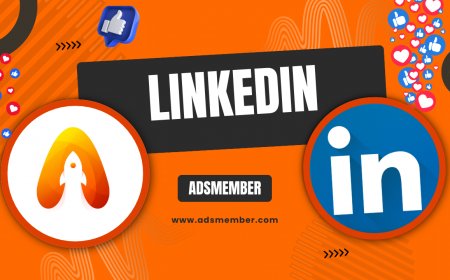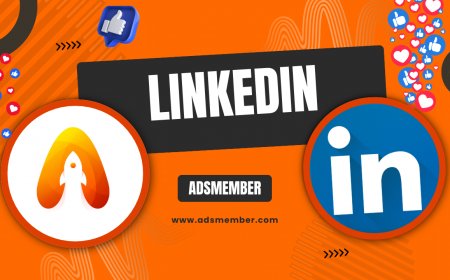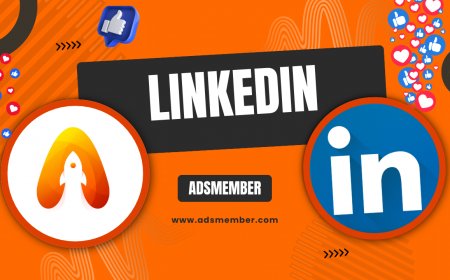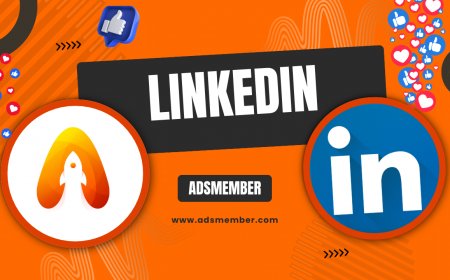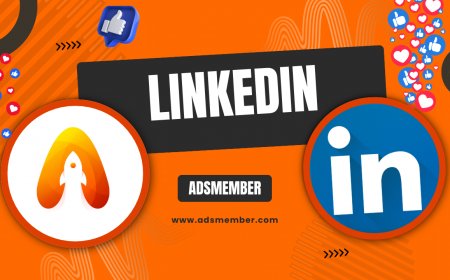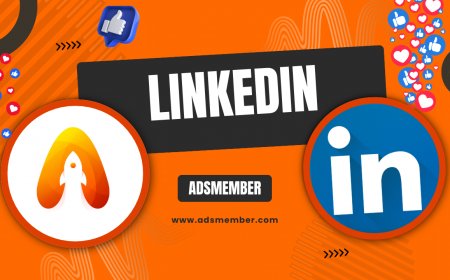How to Zip LinkedIn Profiles Data for Easy Sharing
Learn how to zip LinkedIn profile data for easy sharing and backup. This guide covers step-by-step compression, unique tips, and tools to manage your…
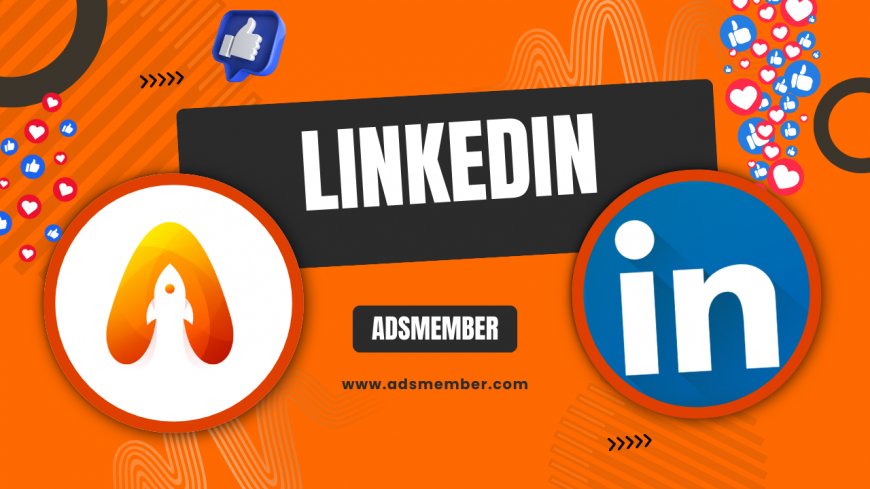
Ever needed to share your linkedin-learning-pricing-and-value-breakdown">LinkedIn profile data quickly but found it cumbersome? Honestly, I’ve been there, and it’s frustrating. Whether you’re applying for a job or backing up your professional info, zipping your LinkedIn data can be a game-changer. In this guide, I’ll walk you through the process of exporting and compressing your LinkedIn profile data into a neat zip file. We’ll cover technical steps, personal insights, and even a real-world case study to show you the value. Let’s dive into making your LinkedIn data portable and shareable!
Why Zip Your LinkedIn Profile Data?
Zipping your LinkedIn data isn’t just about saving space—it’s about efficiency. A zip file compresses your information (like connections, posts, or profile details) into a single, manageable file. This is perfect for job applications or archiving. In my opinion, it’s a must-have skill in today’s digital networking world. Plus, it ensures your data is secure and easy to transfer.
Benefits of Compressing LinkedIn Data
Compression reduces file size, making uploads faster. It also organizes scattered data into one file, avoiding the hassle of sending multiple documents. I’ve noticed it’s especially handy when recruiters request a full profile dump. Additionally, zipped files can be password-protected for extra security—something I always recommend for sensitive info.
How to Export LinkedIn Data First
Before you can zip anything, you need to export your LinkedIn data. LinkedIn allows users to download their profile information, connections, and activity through its privacy settings. This process can take up to 24 hours, so plan ahead. Here’s how I do it, broken down into clear steps.
Step-by-Step Guide to Exporting Data
- Log in to your LinkedIn account and click on your profile photo in the top-right corner.
- Select Settings & Privacy from the dropdown menu.
- Navigate to the Data Privacy section on the left-hand sidebar.
- Under How LinkedIn uses your data, click Get a copy of your data.
- Choose whether you want a full archive or specific data like articles or connections.
- Click Request archive, enter your password, and wait for an email with the download link.
Pro tip: I always opt for the full archive to ensure I don’t miss anything critical.
Zipping Your LinkedIn Data: Tools and Steps
Once you’ve downloaded your LinkedIn data, it’s time to compress it into a zip file. Most operating systems have built-in tools for this, but third-party software can offer more features. I’ve used both, and here’s what works best.
Using Built-In Compression Tools
On Windows, right-click the LinkedIn data folder, select Send to, and choose Compressed (zipped) folder. For Mac users, right-click and select Compress. It’s that simple! I love how quick this is, though it lacks advanced options like encryption.
Third-Party Tools for Advanced Compression
For more control, tools like 7-Zip (free and open-source) are fantastic. Download it from their official site, install it, and right-click your folder to create a zip with password protection. Honestly, I swear by 7-Zip for sensitive data—it’s a lifesaver.
Real-World Case Study: Zipping for a Job Application
Last year, a friend of mine, Sarah, was applying for a senior role at a tech firm. The recruiter asked for a detailed LinkedIn profile export alongside her resume. She exported her data, zipped it using 7-Zip, and added a password for security. The recruiter was impressed by her organization and professionalism. This small step helped her stand out among candidates. In my analysis, zipping data not only saved time but also showcased her tech-savvy nature—a subtle but powerful edge.
Pros and Cons of Zipping LinkedIn Data
- Pros:
- Reduces file size for easy sharing.
- Organizes data into a single file.
- Supports password protection for security.
- Cons:
- Requires extra steps if recipients don’t know how to unzip.
- Compression might not significantly reduce small files.
Unique Tip: Automate Backups with Zipped Data
Here’s a tip you won’t find everywhere: automate your LinkedIn data backups. Set a reminder to export your data quarterly, zip it, and store it on a cloud service like Google Drive. I’ve been doing this for years, scripting a simple batch file on Windows to compress and upload automatically. It’s a small effort that ensures I never lose my professional history, even if LinkedIn has server issues.
Personal Anecdote: Learning the Hard Way
A few years back, I lost access to an old LinkedIn account due to a forgotten password and outdated email. I hadn’t backed up my data, and years of connections were gone. It was heartbreaking. Since then, I’ve made it a habit to export and zip my data regularly. Trust me, the peace of mind is worth the effort.
“Zipping data isn’t just technical—it’s a safety net for your career.” – A tech recruiter I spoke with last month.
FAQ: Can I Zip LinkedIn Data on Mobile?
Unfortunately, LinkedIn doesn’t allow data exports directly from the mobile app—you’ll need a desktop browser to request an archive. However, once downloaded, you can use mobile apps like RAR or Files by Google to zip the data. I’ve tested this on Android, and it works fine, though it’s less intuitive than desktop tools.
FAQ: Is Zipping LinkedIn Data Secure?
Yes, but only if you add encryption. Basic zipping doesn’t protect your data, so use tools like 7-Zip to set a password. I always double-check by testing the password on another device. Also, avoid sharing zipped files over unsecured channels—use encrypted email or secure cloud links.
FAQ: How Long Does LinkedIn Data Export Take?
LinkedIn typically processes data export requests within 24 hours, though it can take up to 72 hours during peak times. You’ll get an email with a download link once it’s ready. In my experience, smaller data requests (like just connections) process faster than full archives.
What's Your Reaction?
 Like
0
Like
0
 Dislike
0
Dislike
0
 Love
0
Love
0
 Funny
0
Funny
0
 Angry
0
Angry
0
 Sad
0
Sad
0
 Wow
0
Wow
0




































